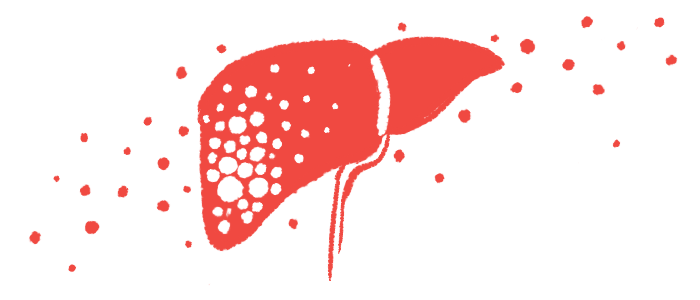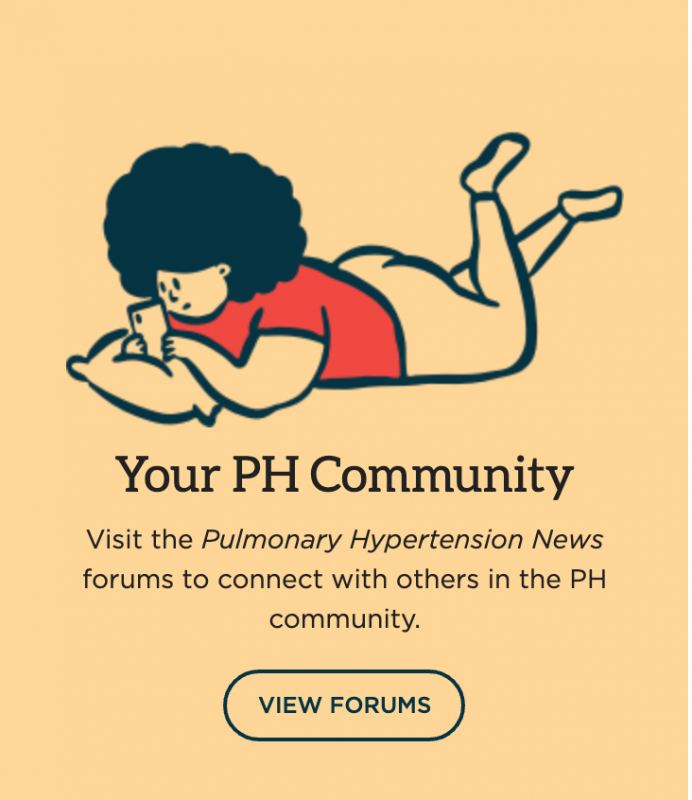PAH therapies extend survival in portopulmonary hypertension
PoPH patients see lower 5-year survival rates than those with other PAH types

People with portopulmonary hypertension (PoPH), a form of pulmonary arterial hypertension (PAH) usually associated with liver disease, show lower five-year survival rates than people with other types of PAH.
Common markers that help predict outcomes in other PAH forms failed to identify high-risk patients in this group, however. But PAH-targeted therapies were linked to improved survival, even among those with advanced liver disease.
The study “underscores the critical role of PAH‐specific therapies in improving outcomes in this population,” wrote the researchers, who suggested that “factors that influence prognosis and survival in PoPH may be unique as compared to other PAH subtypes, and warrant further investigation.” The study, “Survival Outcomes and Impact of Targeted PAH Therapy in Portopulmonary Hypertension in the PVRI GoDeep Meta‐Registry,” was published in Pulmonary Circulation.
In PAH, the narrowing and stiffening of the vessels that carry blood from the heart to the lungs, called the pulmonary arteries, lead to high blood pressure in the lungs. In PoPH, this occurs alongside high pressure in the portal vein, which carries blood from the digestive system to the liver. This pressure usually develops as a complication of advanced liver disease.
PoPH shares key features with other PAH subtypes, but it’s associated with lower survival rates and greater barriers to care than other forms, including idiopathic PAH (IPAH). In PoPH, the relationship between clinical outcomes and common blood flow measures used to predict survival in IPAH — as well as the impact of PAH treatments — remains unclear, however.
How PAH-specific therapies can help in PoPH
Here, researchers analyzed data from 246 people with PoPH from a large international database of patients with pulmonary hypertension called the PVRI GoDeep meta-registry. The enrollment period was from 1990 to 2024, but more than 50% of the patients enrolled between 2010 and 2020. The median follow-up time was 2.9 years. The participants’ median age was 54, and were almost evenly split between men (51%) and women (49%). Most (66%) were World Health Organization Functional Class III when they entered the study and the most common cause of liver disease was alcohol-related (25%), followed by viral hepatitis (13%).
Most also showed signs of severe PoPH disease, as indicated by abnormalities in blood flow measures, including high pulmonary vascular resistance (PVR), which reflects how hard the heart must work to pump blood through the lungs. Cardiac index (CI), a measure of how efficiently the heart is pumping, was reduced in many patients, but some had values within the normal range. A total of 211 patients (86%) received at least one PAH-targeted therapy.
People with PoPH had a five-year survival rate of 46%, significantly lower than the 68% in IPAH and 65% in other subtypes. Within the PoPH group, however, survival didn’t differ significantly based on disease severity. Those with more severe blood flow abnormalities — such as higher PVR or lower CI — had outcomes similar to those with more normal values.
As nearly all the participants received treatment, the researchers suggested this may reflect “the protective effect of PAH‐targeted therapy in PoPH,” with the severity of the underlying liver disease becoming the main driver of survival. This suggests managing PoPH should also focus on liver health.
Earlier studies involving untreated patients did find that worse blood flow measurements were linked to poorer outcomes. By contrast, patients who received PAH-targeted therapies had significantly better outcomes.
Survival was highest among those treated with endothelin receptor antagonists (58% vs. 34%), which block a molecule that causes blood vessels to tighten. PDE5 inhibitors (50% vs. 34%), which help relax and widen blood vessels in the lungs, also aided survival.
People who received at least one of these medications, either alone or in combination, had a survival rate of 51%, compared to 22% in untreated patients. The benefit was also seen in the broader group who received any other PAH-targeted therapy (50% vs. 26%). These findings held true even after adjusting for other factors such as age, sex, decade of diagnosis, and treatment center, confirming the survival benefit was tied to receiving PAH therapy.
The benefit of treatment was also seen with more advanced liver disease, as defined by a MELD score of 13 or higher. Even in this higher-risk group, PAH therapies were associated with a significantly lower risk of death.
“Our findings identify prognostic and management factors unique to PoPH compared to other PAH subtypes, supporting the use of targeted PAH therapies as a strategy to improve survival in this high‐risk and historically underserved population, while underscoring the need for further investigation to refine screening, diagnosis, and treatment strategies,” the researchers wrote.








